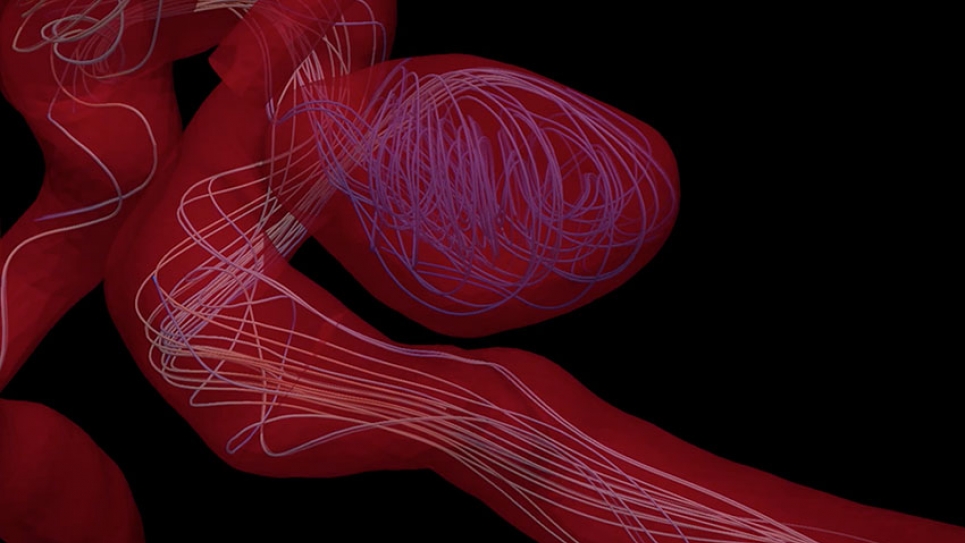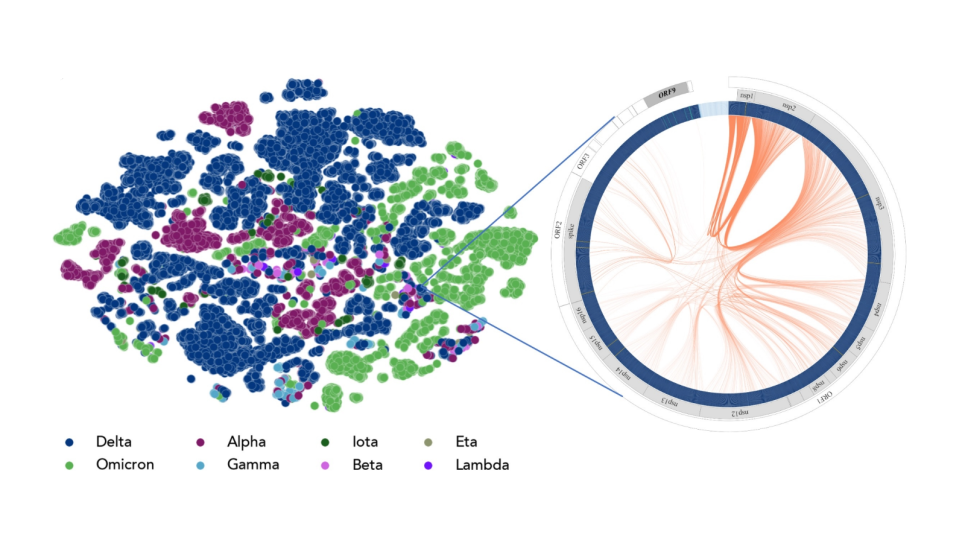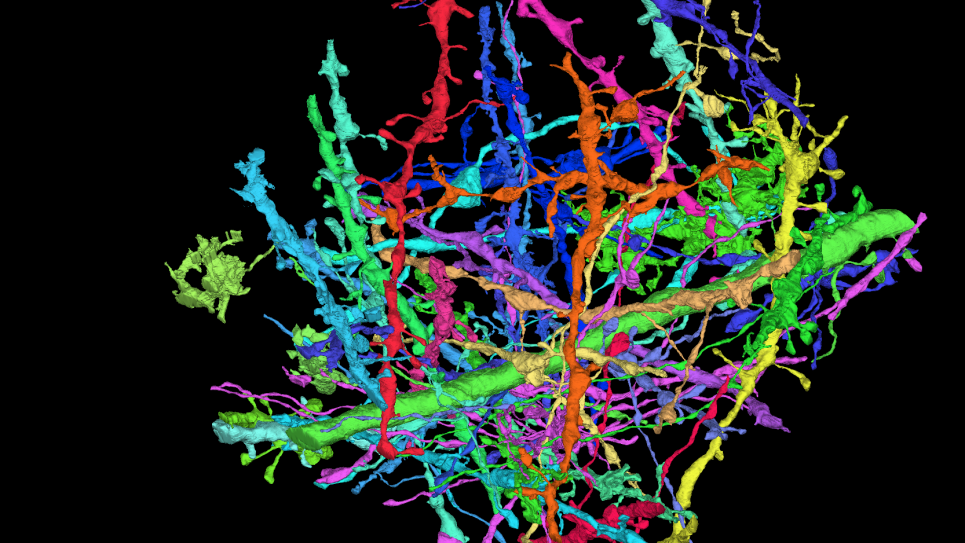
Multiscale Blood Flow Simulations
Cerebral aneurysms occur in up to 5% of the general population, leading to strokes in over 40,000 Americans each year and 50,000 individuals battle sickle cell anemia, a chronic inflammatory disease. Cerebral malaria is a related disease of the red blood cells, with mortality at up to 20%, even with treatment. No quantitative tools exist to predict aneurysms or the progression of conditions like sickle cell anemia or cerebral malaria. Researchers are using the power of supercomputers to create realistic simulations of these brain pathologies, quantifying their biophysical characteristics for the first time.
To date, researchers have simulated the initial stages of clot formation using a coupled continuum-dissipative particle dynamics solver, simulated blood flow at various levels of hematocrit and healthy and diseased red blood cells, studied the mechanical properties of glycocalyx, studied microcirculation in bifurcating arteries, and studied the conditions for the eventual rupture of an aneurysm.
With this award, researchers plan to continue using computational resources according to the original proposal with more new studies, driven by their progress. They will reuse already developed software. Some specific goals for this INCITE allocation are: fluid structure interactions (FSI), multiscale modeling of blood cells and endothelium interactions, multiscale simulations of blood thrombus formation, simulation of thoracic aortic aneurysm dissection (TAAD), coupled one- and three- dimensional simulations of arterial networks, and developing a hybrid MPI-OpenMP solver.


